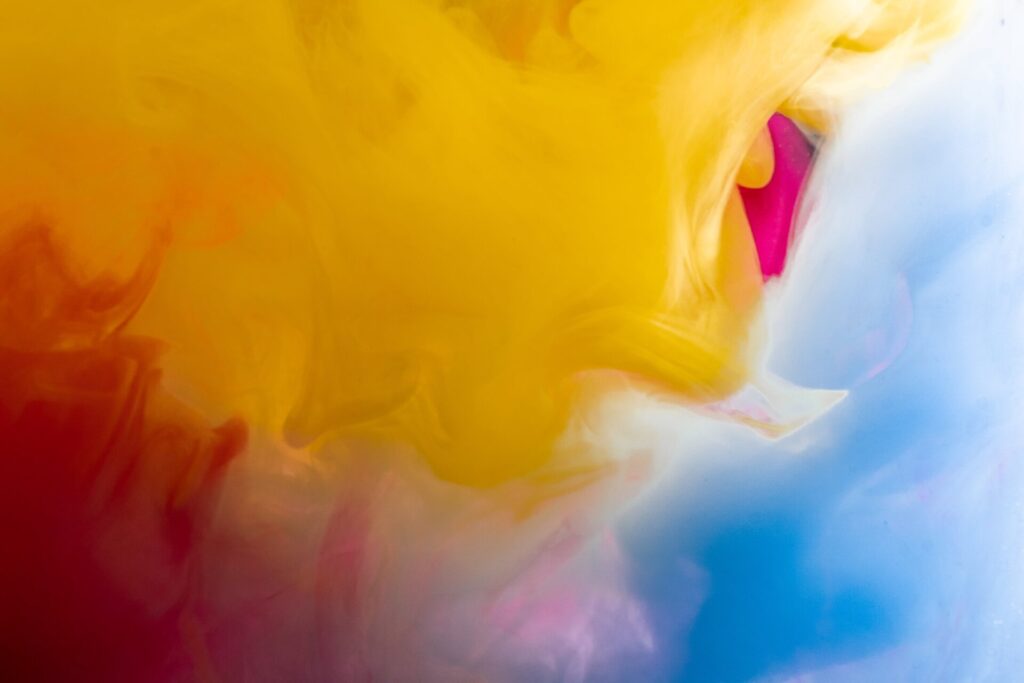Colors have an undeniable impact on our emotions, perceptions, and overall well-being. While for many, the sight of a vibrant sunset or a lush green landscape brings joy, some individuals find themselves paralyzed by an unexpected foe—chromatophobia, the fear of colors. This peculiar fear can manifest in various forms, from an aversion to certain hues to a crippling anxiety triggered by the spectrum itself. However, the good news is that overcoming this fear is not only possible but also liberating. In this exploration, we delve deep into the roots of chromatophobia and illuminate the pathways toward embracing and celebrating the kaleidoscope of colors that surround us.
Breaking the Chains of Past Trauma
Chromatophobia is not a mere preference for monochrome aesthetics; rather, it is an anxiety disorder that can significantly impact one’s daily life. The fear may stem from past traumatic experiences, cultural influences, or even childhood associations. According to Aayushi Kapoor, chromophobia can be highly observed in children and adults. Symptoms can range from a certain level of discomfort to complete panic attacks. This fear can be particularly challenging to navigate, as colors are omnipresent in our surroundings. Acknowledging and understanding the roots of chromatophobia is the first step towards overcoming this obstacle.
According to Lawrence Robinson, Melinda Smith, M.A. and Jeanne Segal, Ph.D., experiencing trauma in childhood can result in a severe and long-lasting effect. When childhood trauma is not resolved, a sense of fear and helplessness carries over into adulthood, setting the stage for further trauma. Recovering from trauma takes time, and everyone heals at their own pace. Traumatic experiences, consciously or subconsciously linked to certain hues, can lead to an automatic fear response. Through techniques such as cognitive-behavioral therapy (CBT) or exposure therapy, individuals can confront and reframe their traumatic experiences, gradually diminishing the fear response associated with specific colors.
Jeff Kori states that incorporating various techniques into your lifestyle, such as mindfulness meditation exercises, could prove beneficial in managing symptoms related to anxieties caused by specific color triggers. Mindful meditation and breathing exercises allow individuals to observe their emotional responses to colors without judgment. By fostering a non-reactive awareness, one can gradually detach the negative emotions linked to colors, paving the way for a more harmonious relationship with the vibrant world around them.
Positive psychology, as advocated by psychologist Martin Seligman, sheds light on the importance of focusing on strengths and positive experiences to overcome fears. In the context of chromatophobia, embracing positive associations with colors becomes a powerful tool. Engaging in activities that evoke joy and happiness while incorporating colors can help rewire the brain’s response. Over time, the brain begins to associate colors with positive emotions, diminishing the grip of fear.
Empowering Steps Towards a Colorful Future
Art therapy provides a safe space for individuals to explore their fears and anxieties surrounding colors. According to Therapist Brannon Patrick, by working to reprogram the way the brain stores upsetting memories and associations, art can facilitate surprisingly rapid recovery from phobias—even those that person has struggled with for years or decades. Through the creative process, individuals can externalize their emotions, gaining insights into the origins of their fear.
Delving into the realm of color psychology, Amrita Menon says that color perceptions and attitudes can be influenced by cultural values, customs, and relationships with colors. Different cultures attribute diverse meanings to colors, and understanding these nuances is crucial for overcoming chromatophobia. By recognizing the richness of cultural diversity, individuals can reframe their perspective on colors, seeing them as sources of beauty and connection rather than fear.
In the pursuit of overcoming chromatophobia, it’s essential to recognize that the journey is unique for each individual. Lori Noel states that major victories may not be an everyday occurrence. The significance of celebrating small wins becomes an important part of a productive creative process. Acknowledging even slight achievements can have an impact on confidence, motivation, and overall morale. Taking empowered steps, such as incorporating favorite colors into daily life, gradually immersing oneself in colorful environments, and seeking support from therapists and loved ones, can pave the way toward a brighter, more colorful future.
Overcoming the fear of colors is a multifaceted and deeply personal journey. By acknowledging the roots of chromatophobia, utilizing therapeutic interventions, and embracing positive associations with colors, individuals can liberate themselves from the constraints of this fear. Gradual and controlled exposure to the feared colors, under the guidance of a qualified therapist, allows individuals to build resilience and desensitize their fear response. Ultimately, the path to conquering chromatophobia involves a combination of self-discovery, therapeutic support, and a willingness to redefine one’s relationship with the kaleidoscope of colors that adorn our world.
About the Author
Dr. Rahmany began her academic journey at San Francisco State University, earning a bachelor’s degree in psychology. She furthered her studies at the California School of Professional Psychology, obtaining a master’s and a doctorate in clinical forensic psychology. She started her career at the California Department of Corrections and then joined Cyti Psychological and became the National Clinical Director. Her diverse experiences have reinforced her commitment to psychology and its impact on communities.








